From the Upo Wetland ecosystem to the ancient Haeinsa Temple, South Korea offers numerous cultural and natural sites. The country features limestone caves, coastal paths, traditional gardens, and Buddhist temples. Notable locations include the Daehan Dawon tea fields, the volcanic formations of Jeju Island, and historical structures like the Haemieupseong Fortress. These sites present Korean heritage through architecture, nature, and religious monuments.

Changnyeong County, South Korea
This 2.3 square kilometer wetland contains rice fields and hosts over 1,000 plant species, providing shelter for migratory birds.
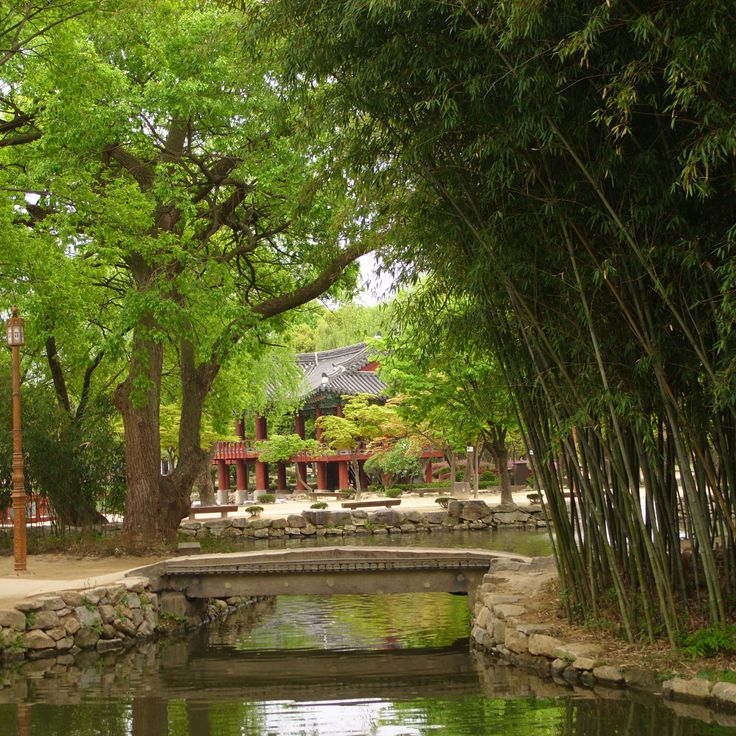
Namwon, South Korea
This garden from 1419 contains a pavilion, artificial pond and traditional Korean structures surrounded by maple and pine trees.

Ulleung County, South Korea
The 42-kilometer coastal route circles the volcanic island, passing by cliffs, fishing villages and natural rock formations along the sea.
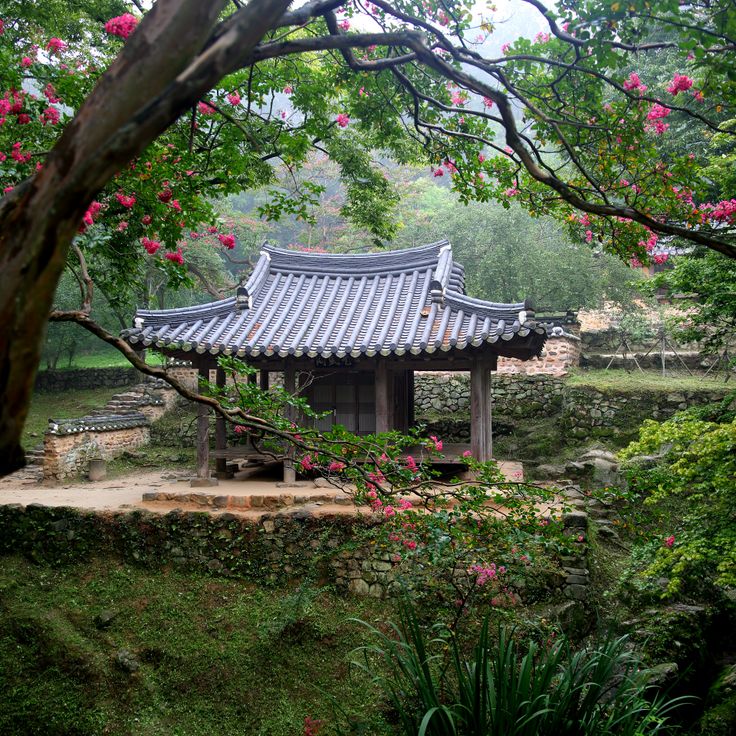
Damyang County, South Korea
This 16th century garden incorporates natural streams, stone walls and bamboo groves into its design following Confucian principles.
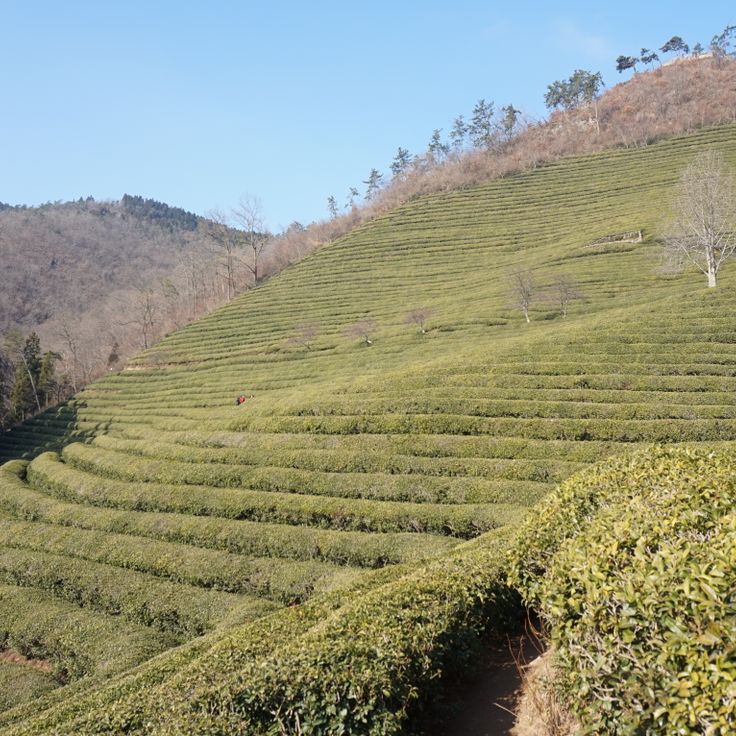
Boseong County, South Korea
The largest green tea production site in South Korea covers 5.3 square kilometers with orderly rows extending across sloped terrain.
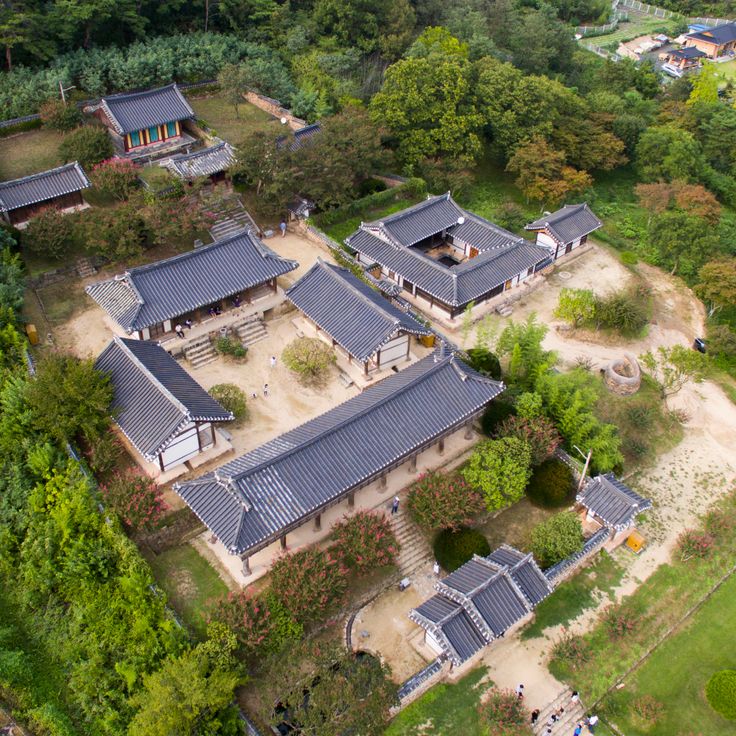
Andong, South Korea
This 16th century educational facility features traditional Korean architecture with wooden structures and curved tile roofs near the Nakdong River.
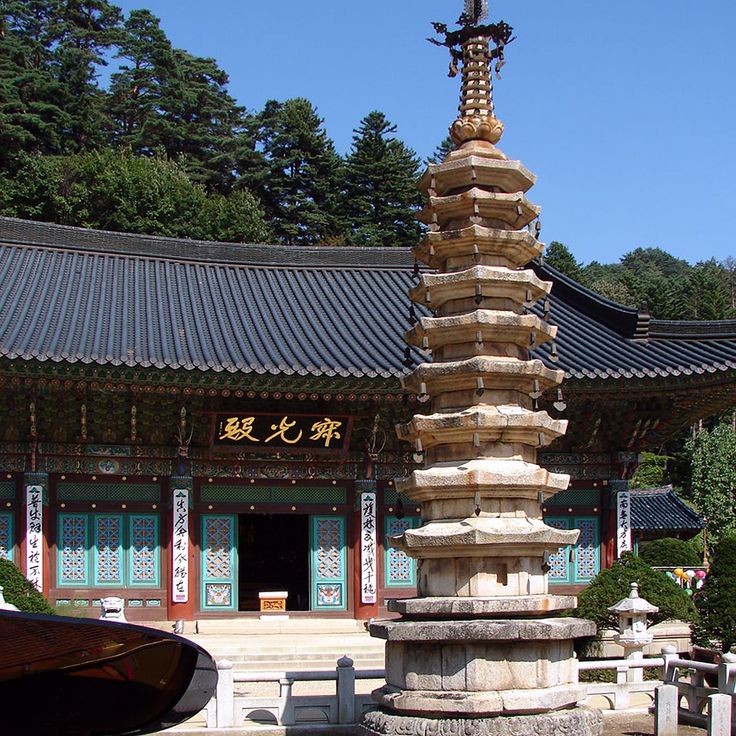
Gangwon Province, South Korea
This Buddhist temple from 643 CE contains a collection of bronze artifacts and an octagonal nine-story stone pagoda in Odaesan National Park.
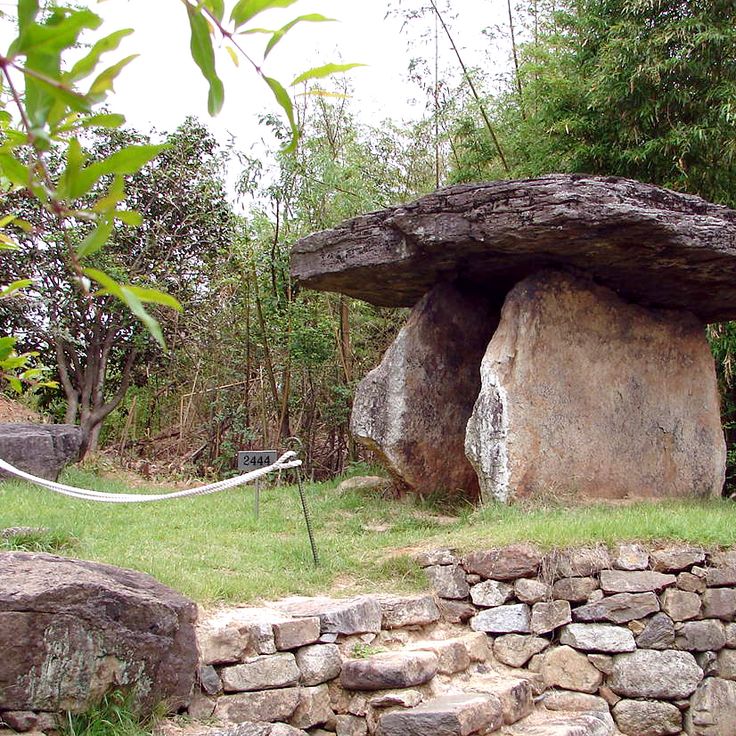
Gochang County, South Korea
This UNESCO World Heritage site contains over 447 megalithic tombs from the first millennium BCE, representing Bronze Age burial practices.

Danyang County, South Korea
This limestone cave extends 1.7 kilometers underground and contains multiple chambers with mineral formations extending from floor to ceiling.
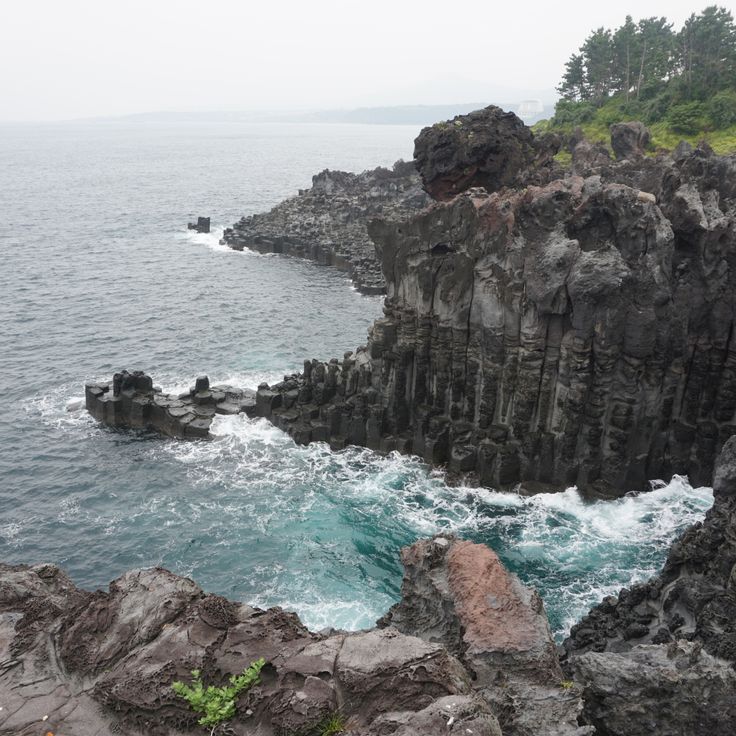
Jeju Island, South Korea
Hexagonal basalt columns line this coastal formation, created by volcanic activity when lava from Mount Hallasan cooled rapidly upon contact with seawater.
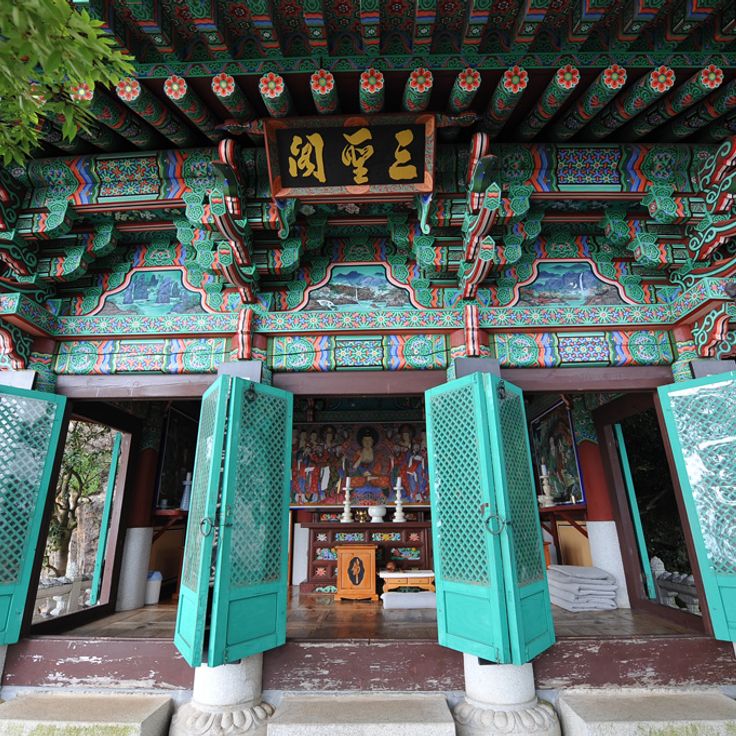
Yeosu, South Korea
This Buddhist temple, built in 644, stands on a cliff 150 meters above sea level and faces the islands of the South Sea.
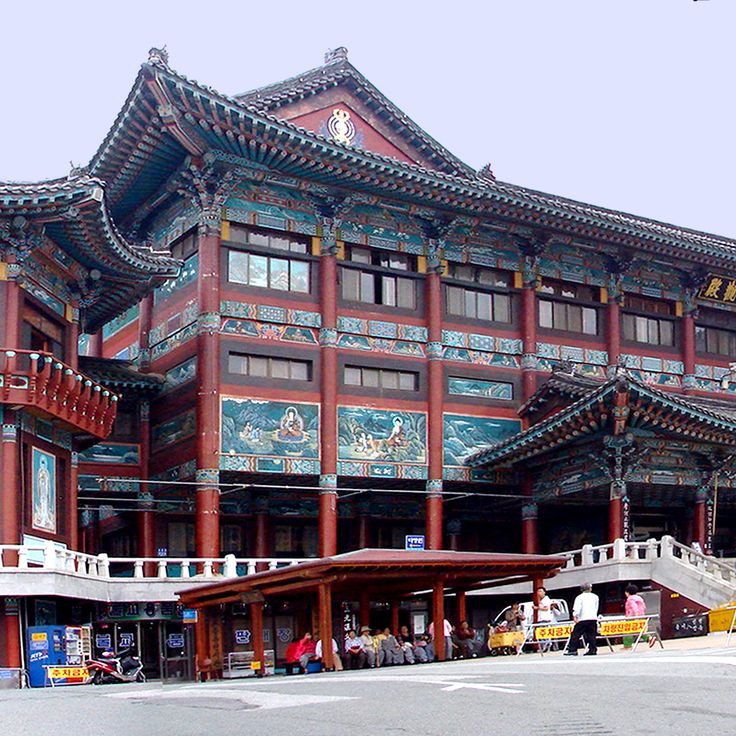
Busan, South Korea
This Buddhist temple celebrates Buddha's birthday in May with thousands of paper lanterns illuminating its halls and courtyards.
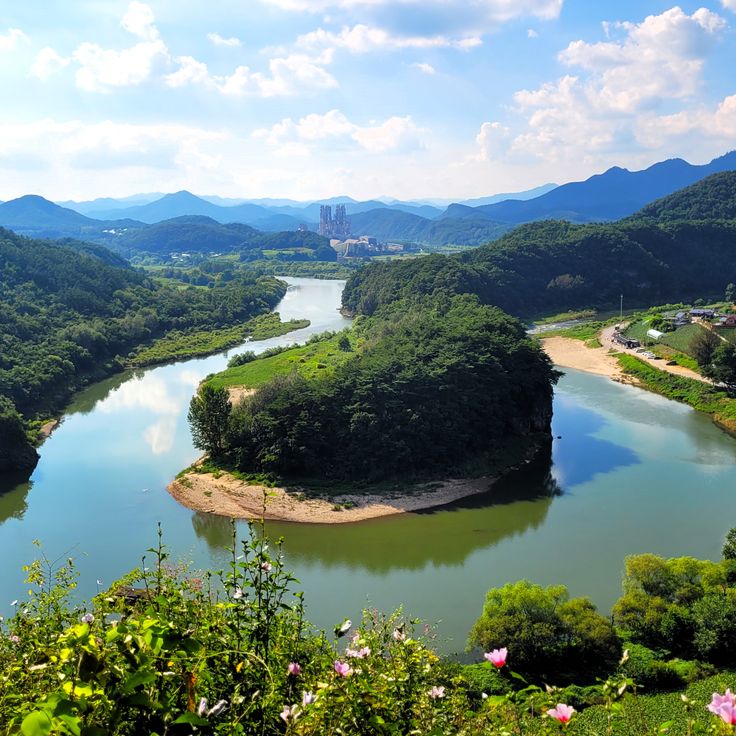
Yeongwol County, South Korea
This riverbank section forms a natural curve that mirrors the shape of the Korean peninsula when viewed from above.
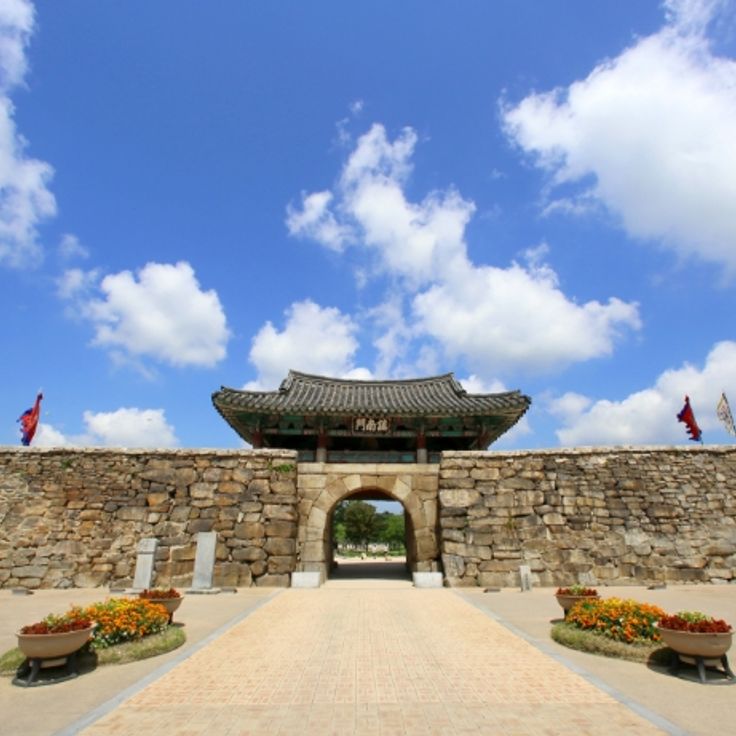
Seosan, South Korea
Stone fortification from 1491 with high walls extending 2.4 kilometers, built to defend against foreign invasions during Joseon period.
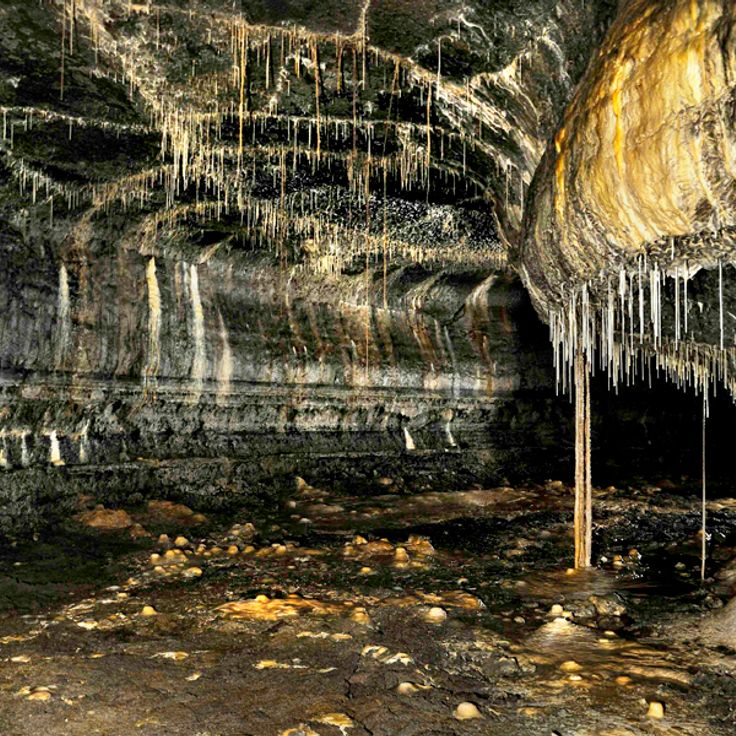
Jeju Island, South Korea
Natural underground network formed by volcanic activity, containing rare formations and geological features spanning several kilometers.
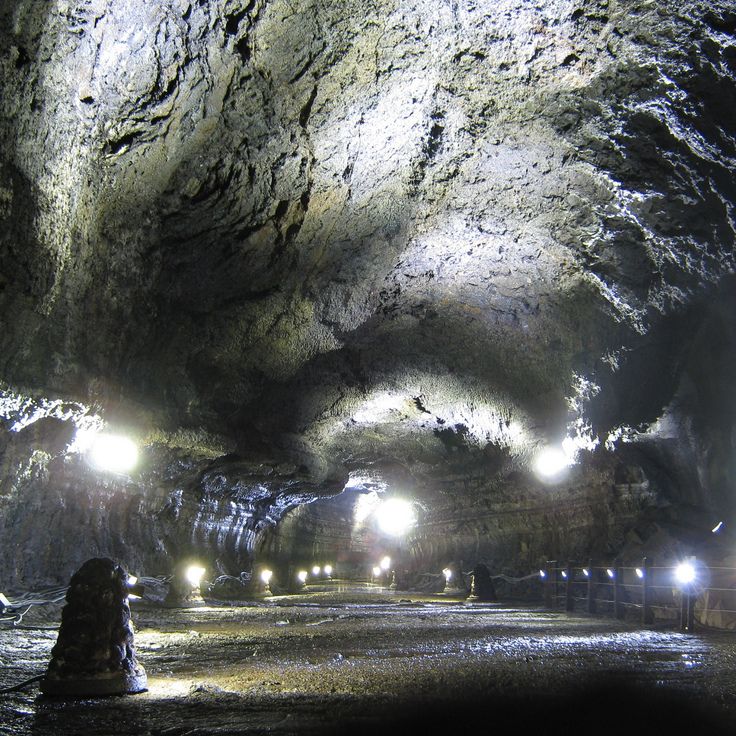
Jeju Island, South Korea
Volcanic tunnel extending 7.4 kilometers underground, featuring columnar joints, stalactites and a large lava column measuring 7.6 meters.
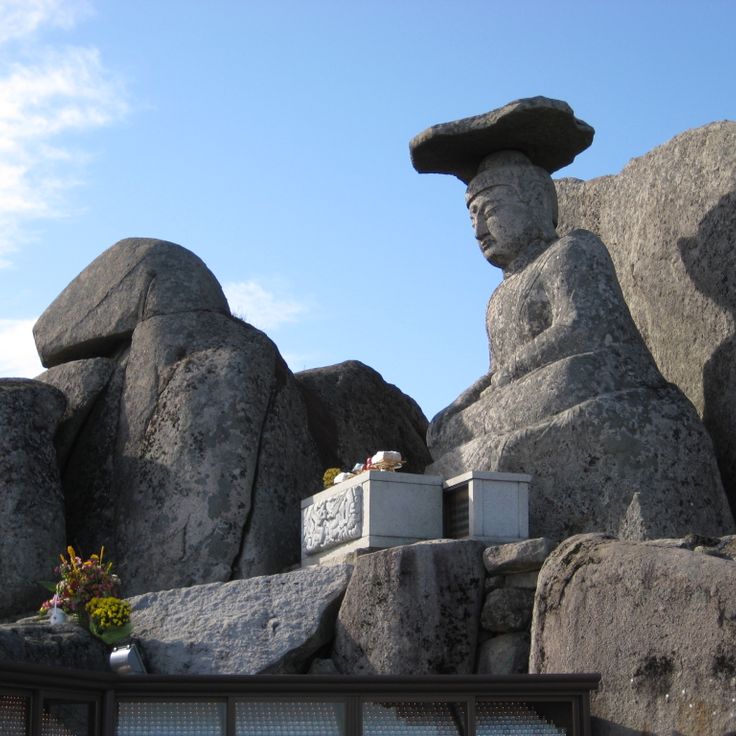
Daegu, South Korea
A granite Buddha statue stands 4 meters tall at 850 meters elevation. The stone figure wears a flat hat carved in the 9th century.
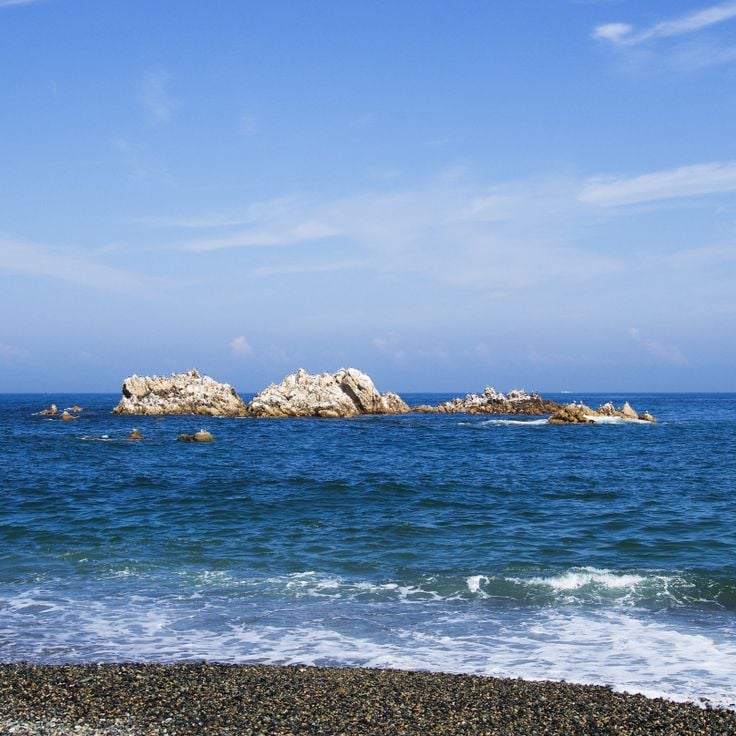
Gyeongju, South Korea
An artificial island contains the cremated remains of King Munmu from 681 CE. The stone structure lies 200 meters from the coast in the East Sea.
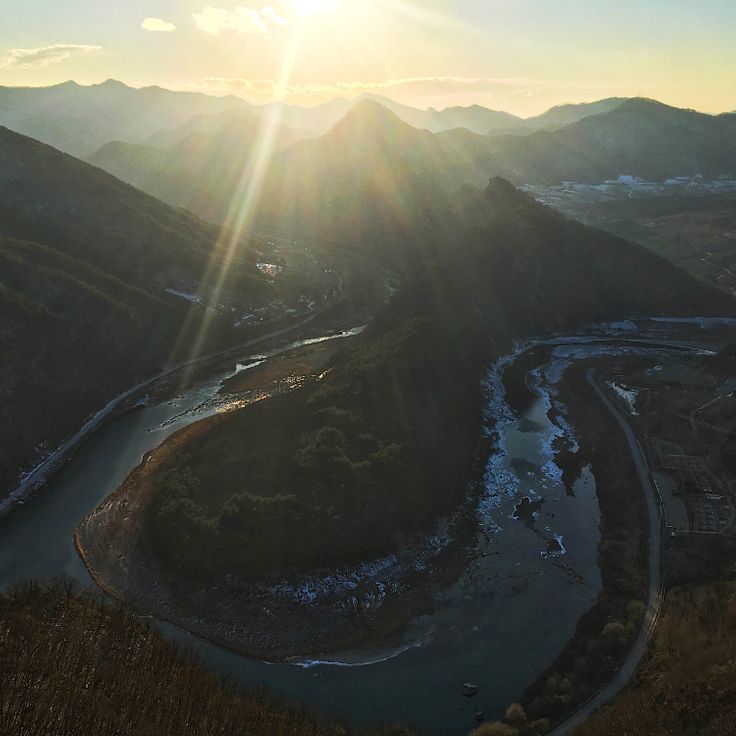
Jeongseon County, South Korea
A glass observation platform extends 11 meters from a cliff at 583 meters elevation, with views of the Donggang River and surrounding mountains.
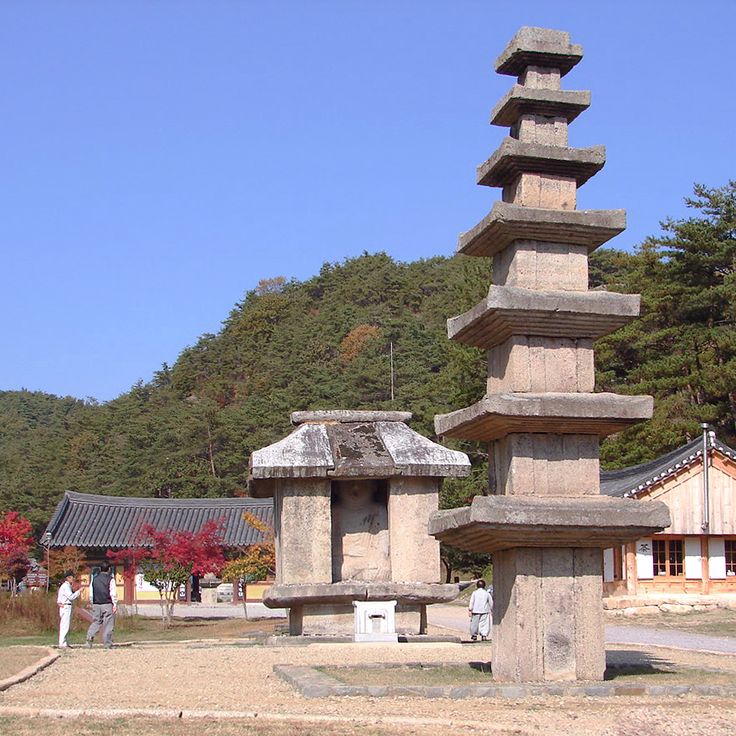
Hwasun County, South Korea
This Buddhist temple complex contains 91 stone pagodas and 21 Buddha statues from the Goryeo period. Many structures display ancient astronomical symbols.
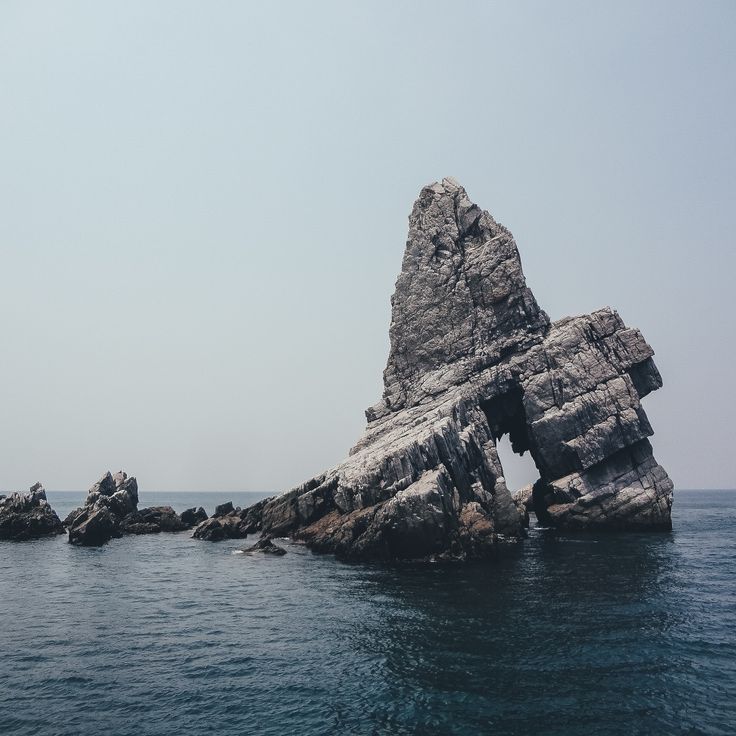
Samcheok, South Korea
This natural stone column rises from the sea near the shore. Water currents have shaped its surface over millions of years.
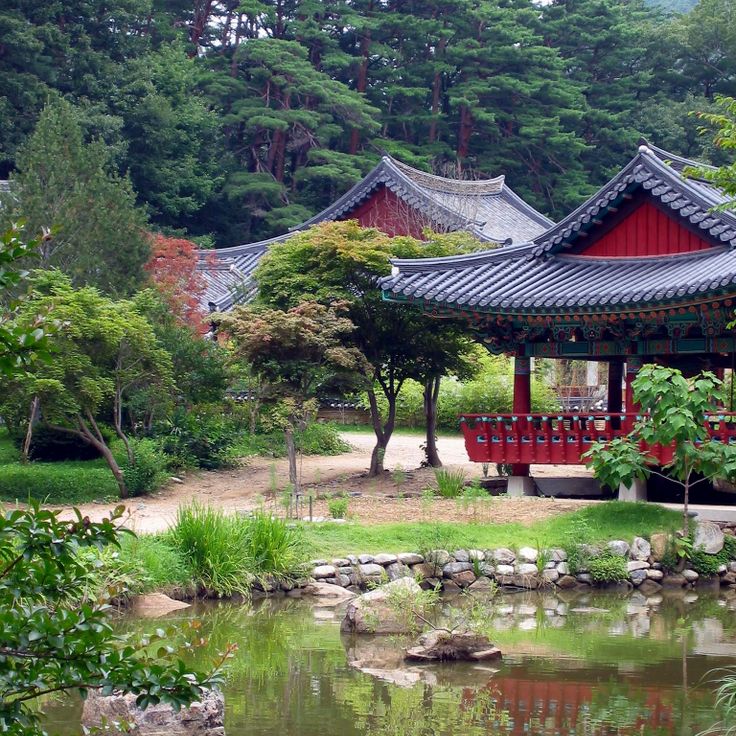
Uljin County, South Korea
Buddhist complex built in 651 CE contains multiple wooden structures and gardens. Fir trees over 500 years old grow on the grounds.
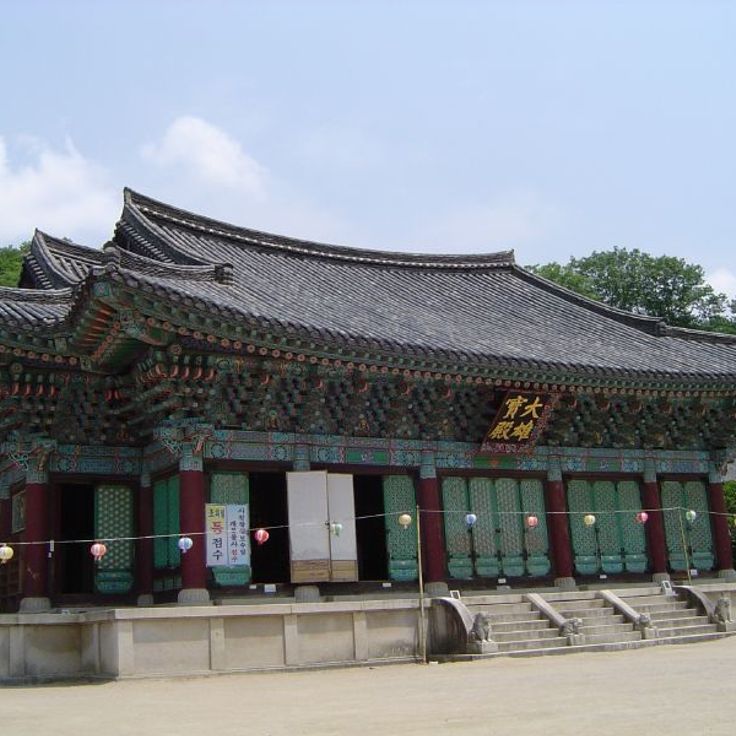
Suncheon, South Korea
Founded in 1197, this mountain temple trains Buddhist monks. The complex includes meditation halls, living quarters and traditional gardens.
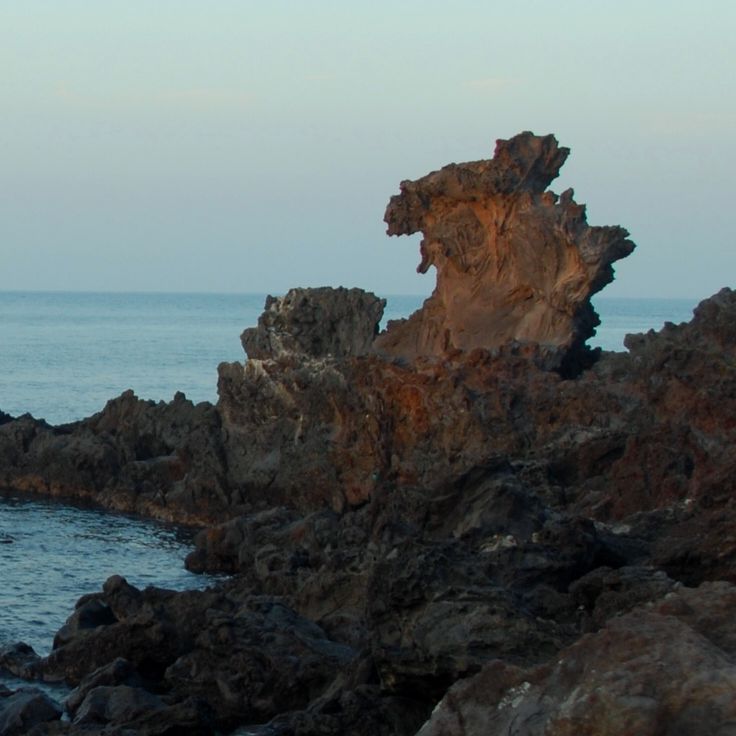
Jeju Island, South Korea
Volcanic rock formations along this coast resemble dragon heads. The geological structures were created by lava flows millions of years ago.
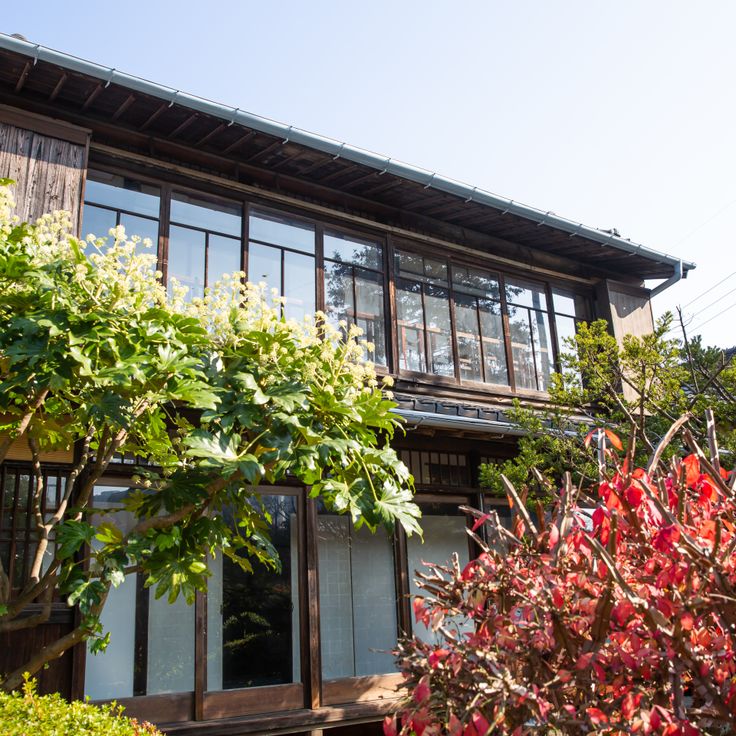
Suncheon, South Korea
This 1930s house combines Japanese architectural elements with Korean domestic features, including sliding doors and a traditional garden.
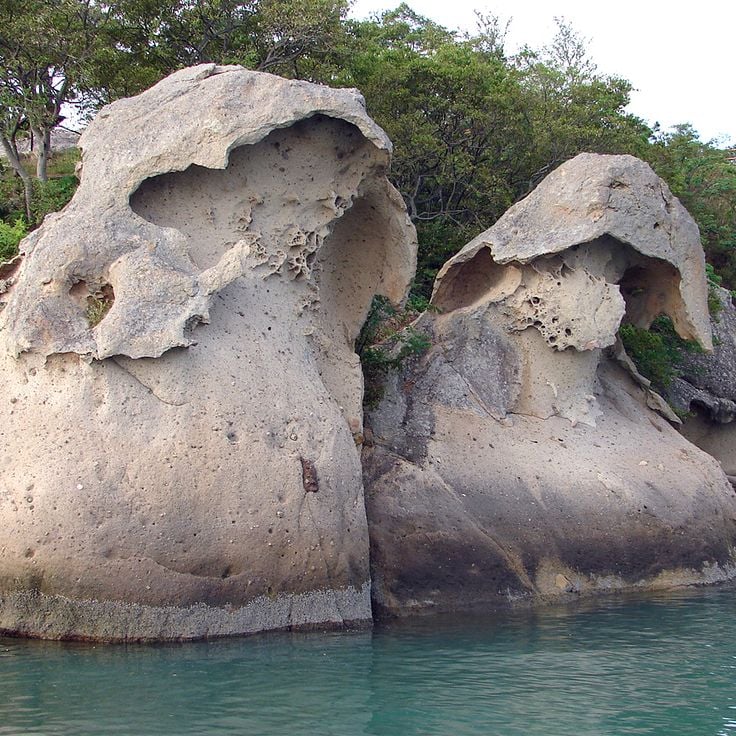
Ulsan, South Korea
Natural stone formation on coastal cliffs that resembles a figure wearing a gat, the traditional Korean hat worn during Joseon period.
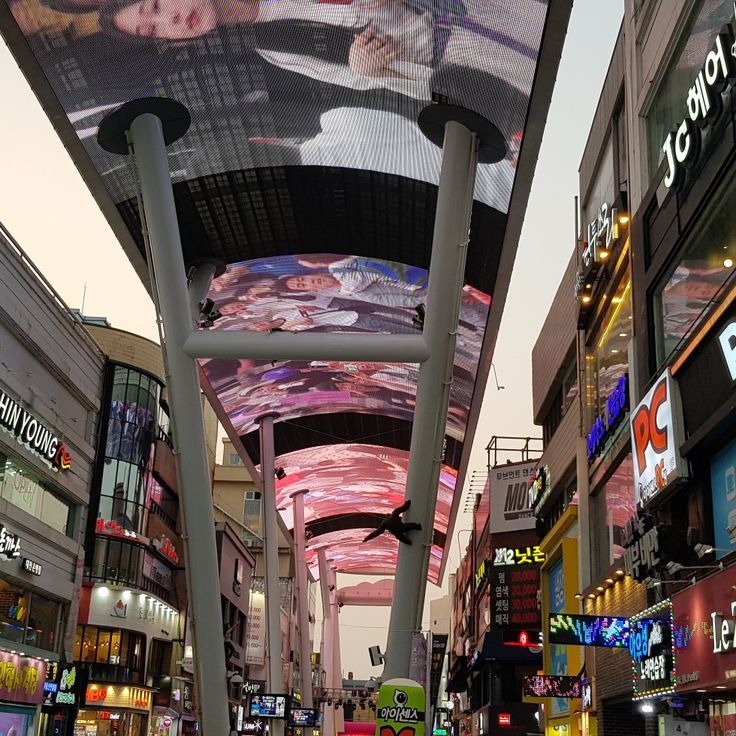
Daejeon, South Korea
This commercial street features an overhead digital display spanning 400 meters, showing media art and advertisements throughout the day.
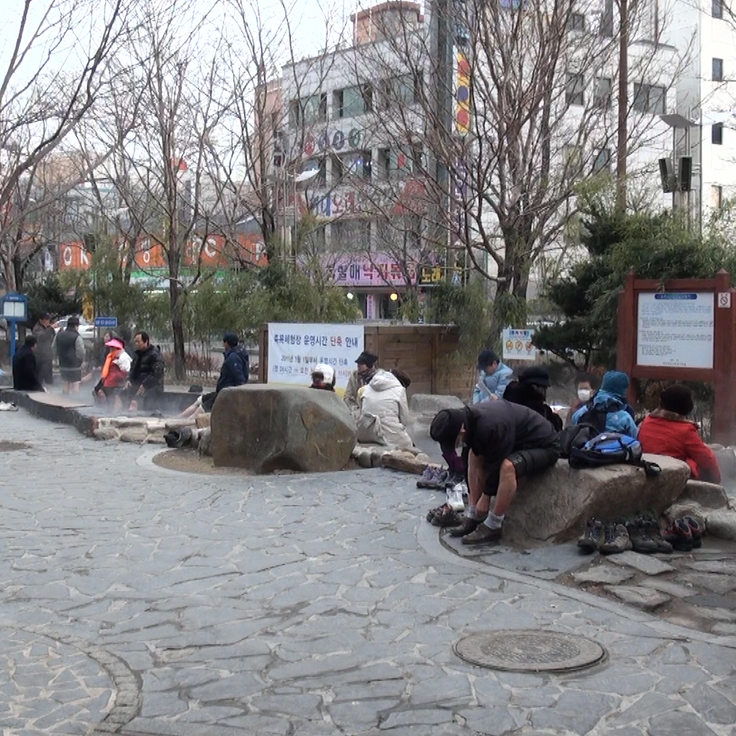
Daejeon, South Korea
Natural mineral water springs with temperatures reaching 43°C, featuring public foot baths and multiple indoor bathing facilities.
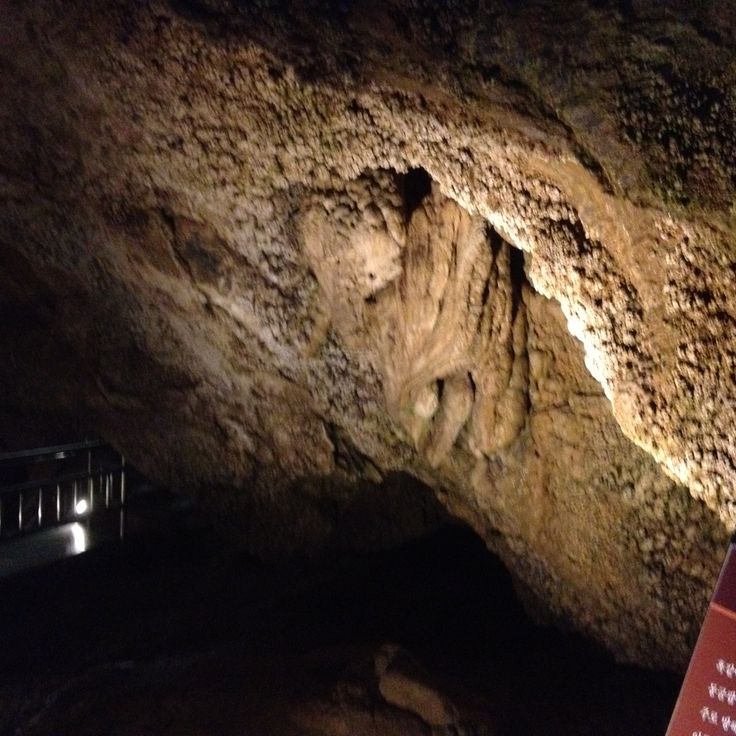
Samcheok, South Korea
This limestone cave system extends over 8 kilometers underground, featuring mineral formations, flowing water streams and large chambers.
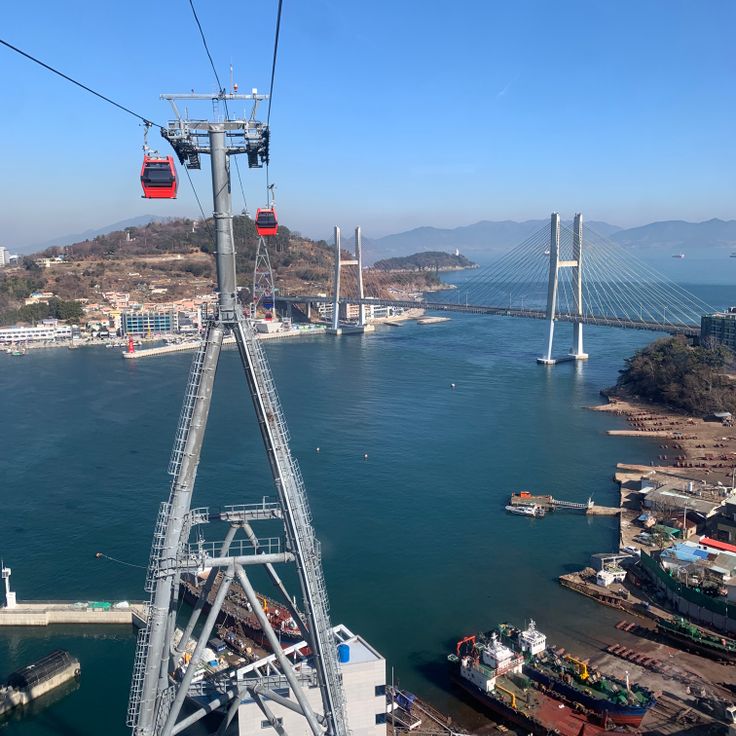
Yeosu, South Korea
The 1.5 kilometer aerial transport system connects the mainland to Dolsan Island, crossing the sea at 80 meters above water.
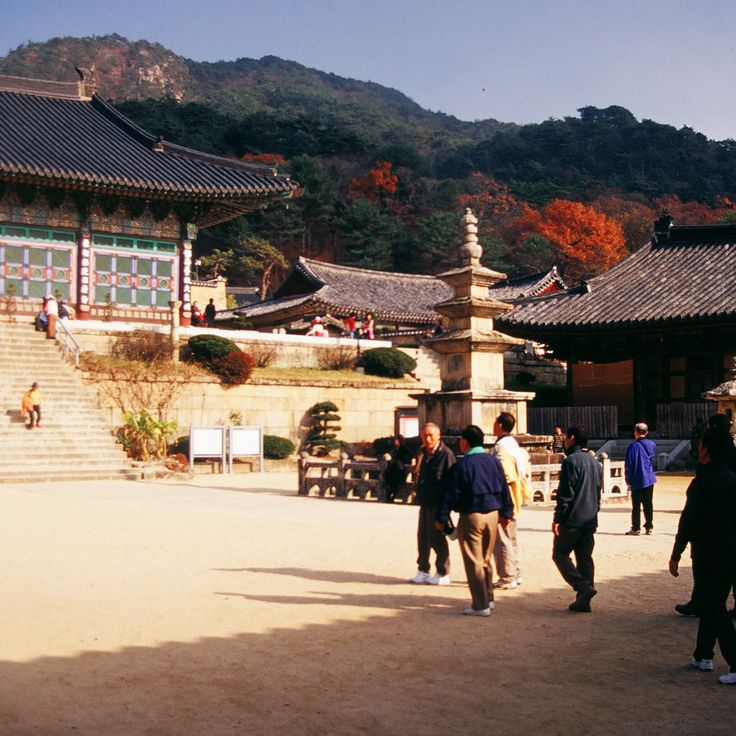
Hapcheon County, South Korea
This wooden structure houses 81,258 wooden printing blocks of Buddhist scriptures, carved in the 13th century and preserved in excellent condition.
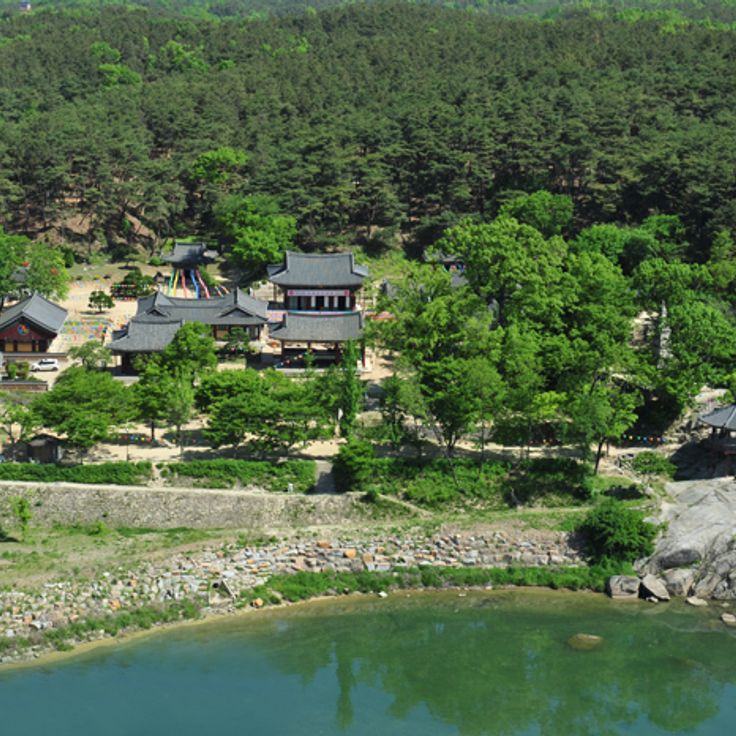
Yeoju, South Korea
This Buddhist temple from the Goryeo period sits along the Namhan River, featuring traditional architecture and stone pagodas from the 9th century.